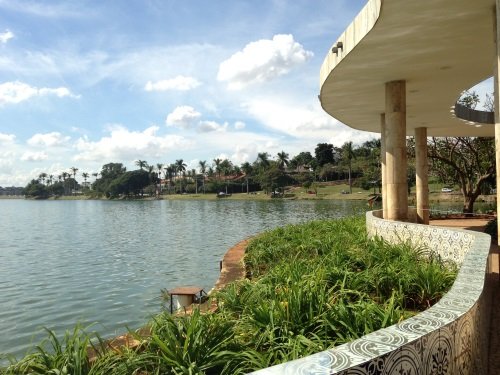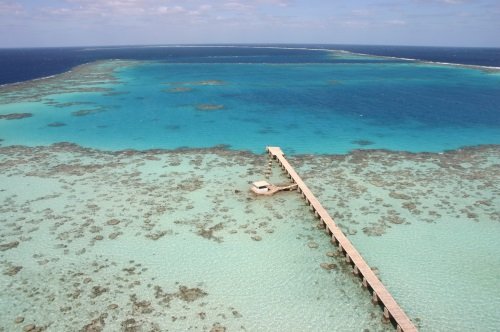First published: Sat 23 Jul 2016.
Els Slots
10 Bits of Trivia about the WHS of 2016
Comments
6 comments
Kyle (winterkjm)
9 years, 5 months ago (Jul 23, 2016)
Thanks Els! Slowly but surely, sites from the Top Missing list are being inscribed.
Reply
clyde
9 years, 5 months ago (Jul 23, 2016)
Interesting trivia with a good overview of this year's new inscriptions. Well done!
Colvin
9 years, 5 months ago (Jul 23, 2016)
That's some great trivia about the newly inscribed sites!
Els
9 years, 5 months ago (Jul 24, 2016)
Regarding the SIDS: Assif just pointed out rightly that Antigua isn't the 25th, but the 26th or 27th (shared this year with Nan Madol/Micronesia). We had overlooked Kiribati (Phoenix Islands). Also, 9 out of 20 Pacific members now have WHS.
Batsile, Botswana
9 years, 5 months ago (Jul 26, 2016)
I attended the recently ended 40th Session of the World Heritage Committee in Istanbul, Turkey and had that rare opportunity to visit the historic old town of Bursa and Cumalikizik. What a rich cultural heritage this place holds in trust for humanity!! What a landscape of rolling highlands with beautiful cloud forests-it reminded me of Ngorongoro Crater highland forests in Tanzania.
July 15, 2016 had two unforgettable experience for Turkey and the world, but I cherish it for the inscription of Ani as a UNESCO World Heritage Site.
Thanks to UNESCO for organising the tour and a million thanks to Bursa Metropolitan Municipality and the people of Bursa for their hospitality.
Meltwaterfalls
9 years, 5 months ago (Jul 27, 2016)
I like this breakdown, it is rather fun without getting too "Buzzfeed-y".
I'm glad Bastille had a nice trip to Istanbul, it must have been a strange atmosphere with the coup, glad you got to Bursa it is a lovely place.



